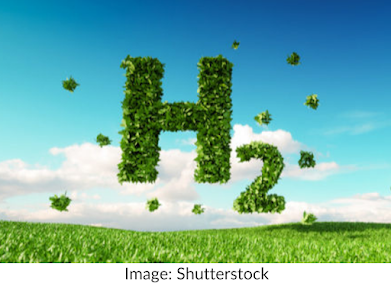The Truth Behind Electric Vehicle Batteries
In my last blog post, I discussed the sustainability behind electric vehicles' (EVs) charging. Another
critical factor behind their overall environmental impact lies behind the car's battery. According to the US International Trade Commission (USITC), "Lithium-ion batteries made up 70 percent of the rechargeable battery market in 2016; since then, EV-driven demand for lithium-ion batteries has risen, and will likely continue to rise as long as lithium-ion batteries are the primary power source for EVs," and the production of these batteries is only continuing to rise. This sharp trend had me wondering about the environmental impacts of EV production, especially the car battery, which is their key differentiator compared to regular motor cars. Firstly, EVs utilizing a lithium-ion battery, are not carbon neutral, as "...battery production is associated with 56 to 494 kilograms of carbon dioxide per kilowatt-hour of battery capacity (kg CO2/kWh) for electric vehicles, " plus an additional 1–2 g CO2 per kilometer per kWh of the battery's capacity, according to a report by the International Council on Clean Transportation (ICCT). The report further states that "...the largest share of carbon emissions in the battery production process comes from the electricity used in manufacturing," and that powering the production with renewable energy could dramatically decrease the overall CO2 emissions. This indicates that EVs are more environmentally friendly over their lifetime, and will likely continue to become even more as the renewable energy sector expands. Still, for now, their initial production does contribute to CO2 emissions.
 |
| Image Credit: https://www.quick220.com/blog/environmental-impact-of-evs-over-lifecycle/ |
 |
| Image Credit: https://www.salon.com/2019/06/17/lithium-mining-for-green-electric-cars-is-leaving-a-stain-on-the-planet/ |
Given all that, a viable solution to help mitigate the adverse environmental effects of lithium-ion battery production is to recycle them. As alluded to previously, lithium-ion batteries' materials production accounts for most of these environmental impacts, and "...recycled materials typically have a lower carbon footprint than the same materials from virgin sources," according to the ICCT. Not a substantial number of batteries are currently recycled due to EVs becoming popular only recently, yet if their upward trend in popularity continues, then battery recycling will become more attainable and realistic.
Sources:
https://theicct.org/sites/default/files/publications/EV-life-cycle-GHG_ICCT-Briefing_09022018_vF.pdf




Comments
Post a Comment